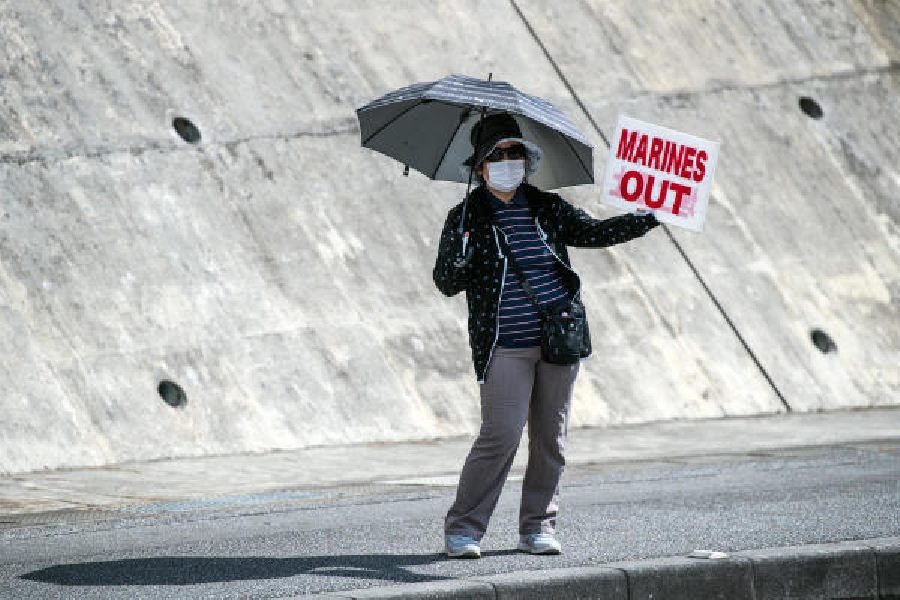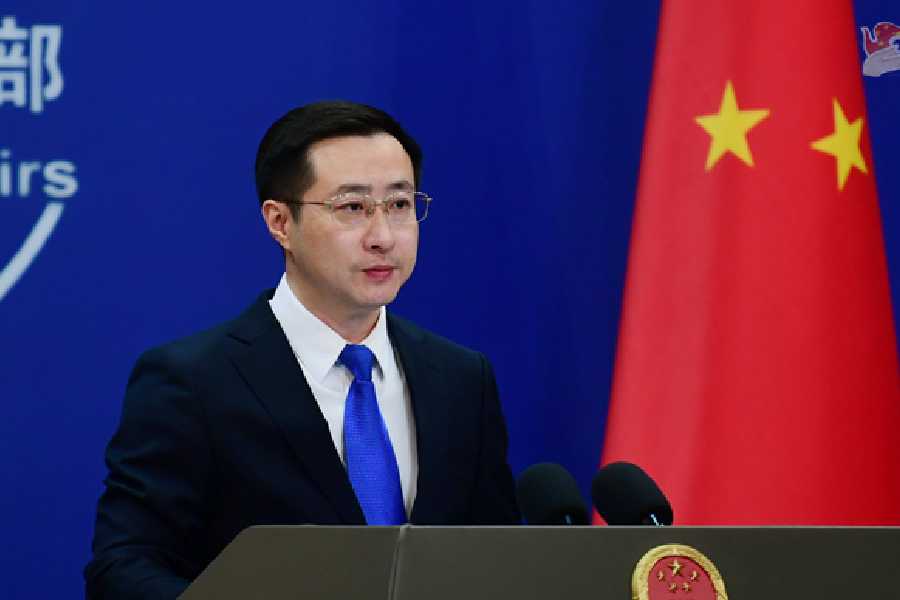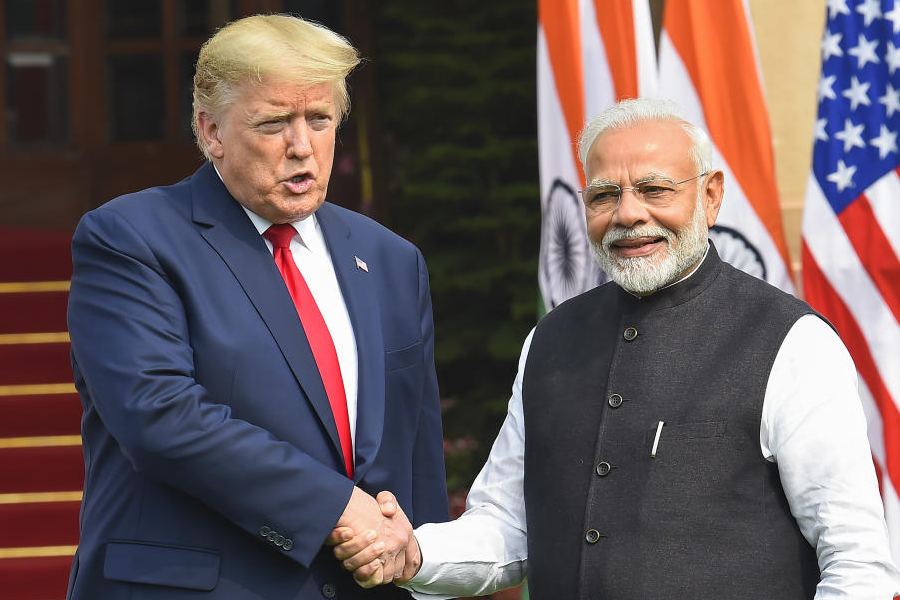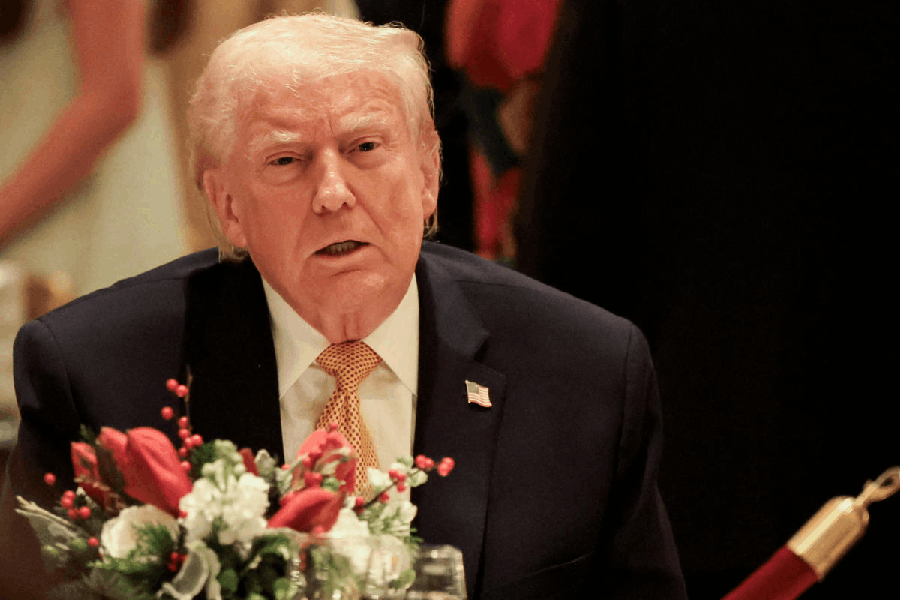Before Christmas, a contingent of 105 US Marines who would have been sent to Okinawa were redirected to a new base on the US territory of Guam instead. The small reshuffling marked a major milestone: This was the first time the Marines cut their head count on Okinawa as part of a deal between Washington and Tokyo to shrink an oversized American military presence on the Pacific island that dates back to World War II.
Under the agreement, 9,000 Marines — just under half the force currently on the island — are eventually supposed to leave. But their departure is already two decades behind the original schedule and may not happen for more than a decade to come, until construction of replacement bases is completed.
Their redeployment was agreed to in a deal signed 12 years ago, the result of negotiations and renegotiations going back to 1995, when three US servicemen raped an Okinawan schoolgirl. That crime touched off mass protests that forced the US and Japan to agree on shrinking the American bases, which were built after the US stormed Okinawa during a bloody battle in 1945.
The first iteration of the deal, agreed upon in 1996, was supposed to reduce the burden within five to seven years by building an air base on the northern end of the island to replace an existing one in a crowded city. A generation later, the old airfield remains in use and the new one is at least 12 years from completion.
While some islanders are growing impatient, this state of constant delay seems fine with the governments of both the US and Japan, who have a big geopolitical reason — the rise of China — for wanting to keep the Marines in place.
“So a dozen years later, only a hundred Marines have moved,” said Christopher B. Johnstone, a former director of Northeast Asia in the Office of the Secretary of Defence who helped lead US negotiations of the current 2013 deal. “Both sides know things aren’t moving forward, but neither side is incentivised to take action.”
The urgency to relocate the Marines has been undermined as China has increasingly made its presence felt with military exercises. Last week, Japan’s defence ministry reported tracking four Chinese warships sailing between Okinawa and a nearby island.
The growing Chinese presence is felt in Tokyo and Washington, but also in Naha, the Okinawan capital.
While anti-base demonstrations still draw hundreds of shouting protesters, many show up with walking canes. Younger Okinawans are more likely to be found at shopping malls such as the American Village. There are still many Okinawans who are furious at the bases. They blame Tokyo as much as Washington, saying the American presence proves that Japan still views their island as little more than an internal colony.











